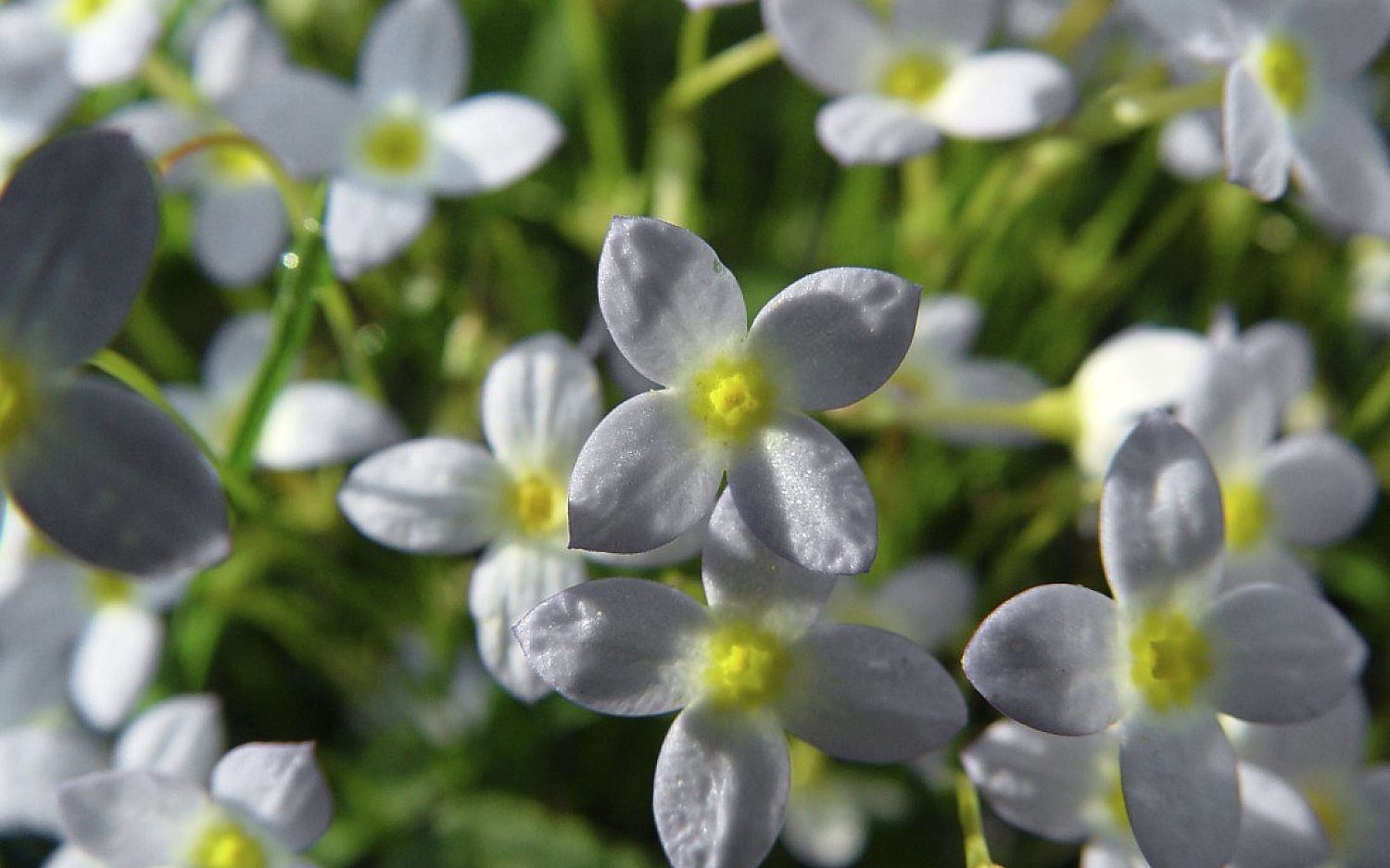Spring is here. Flowers poke out of the ground. And some don’t last long. There’s a word for these short-lived posies: ephemerals.
The name fits. Ephemeral means “lasting for a very short time.”
Ephemerals come to life in very early spring. Early spring soil is usually extra wet. Ephemerals thrive in this. Early spring trees haven’t grown big leaves yet. This gives ephemerals extra sunlight, which they also love.
Ephemerals’ lives work like this: The last snow melts. They break through the soil. They grow fast. They put on a colorful show. Then trees grow leaves and ephemerals vanish. Not a trace is left behind, and you have plenty of time to plant something new in their place.
Doesn’t it feel good to see a flower poke its head out after a long winter of snow? The bugs are even happier about it than you are. They’re just waking up for the year. And they’re hungry! Native ephemerals become their first spring meals.
Have any of these spring ephemerals popped up in your yard?
Azure bluet — Small, pale-blue flower with yellow center.
Bloodroot — One large, broad leaf and one orange-centered white flower per plant. Spreads quickly to form a ground cover.
Calypso orchid, also known as fairy slipper — A single, dainty, purple-magenta-yellow-white blossom atop a slender stem with a single leaf.
Dutchman’s breeches — Feathery leaves, slender stems, and drooping, fragrant, white flowers. Beware—all its parts are toxic to humans.
Fringed bleeding hearts — Light green, fernlike leaves with clusters of drooping, heart-shaped pink flowers.
Great white trillium — A triplet of oval leaves around a large white flower that turns pink as it matures.
Virginia bluebells — Pink, but opens to reveal blue flowers.
Rue anemone — Pink or white flowers on maroon stems. All parts of this plant are toxic, but only if you eat a lot of it.
Trout lily — Blotchy leaves and red-tinged, yellow flowers with curled-back petals.
Twinleaf — Each leaf is divided into two, lung-shaped leaflets. It has white, star-shaped flowers.
The flowers appear on the Earth, the time of singing has come. — Song of Solomon 2:12































